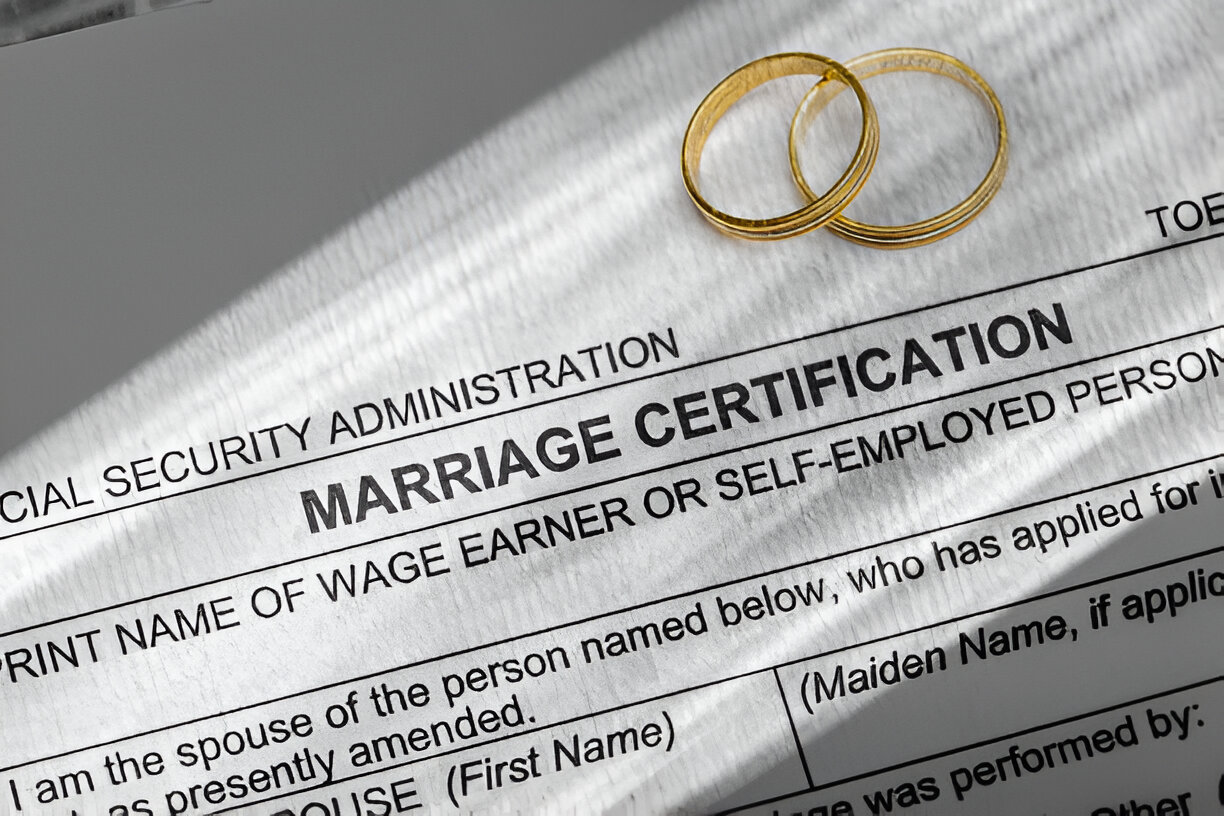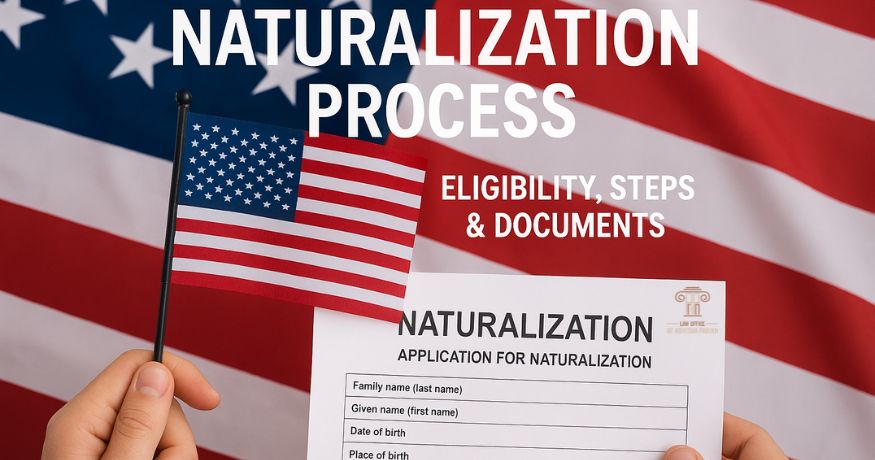Navigating the complex world of United States immigration can be daunting, especially when it comes to the coveted Marriage-Based Green Card. Whether you’re a foreign national who’s recently married a U.S. citizen or a Lawful Permanent Resident (LPR), or you’re the spouse in this equation, the process ahead of you is both intricate and crucially important.
In this instructional guide, we will break down the steps necessary to achieve this significant milestone, which ultimately results in becoming a U.S. permanent resident. We’ll walk you through every detailed requirement, from understanding the initial I-130 petition through the interview process and beyond. By the end, you will have a profound understanding of what it takes to apply for, and potentially obtain, a Marriage-Based Green Card.
What is a Marriage-Based Green Card?
Contrary to popular belief, the Marriage-Based Green Card (or spousal visa) is more than just a document, it is a gateway to a new chapter in your life. It allows the foreign national spouse of a U.S. citizen or LPR to live and work in the United States as a lawful permanent resident. Additionally, it eventually may lead to United States citizenship.
This immigration status is contingent on the validity of the marriage. This means your union must be legally recognized and not have been entered into fraudulently for the sole purpose of immigration. Therefore, the application process is designed to thoroughly vet this through a series of comprehensive evaluations.
The I-130 Petition
The first step towards obtaining a Marriage-Based Green Card is filing a Form I-130, also known as a Petition for Alien Relative, with U.S. Citizenship and Immigration Services (USCIS). This form essentially establishes the relationship between you, the foreign spouse, and your U.S. citizen or LPR partner.
Who Can File the I-130?
In general, the U.S. citizen or LPR spouse must be the one to file the I-130 on behalf of their foreign national spouse. There are, however, a few instances where a foreign national may self-petition, such as when they have been subjected to abuse by their U.S. citizen or LPR spouse.
Filing the I-130
The I-130 petition consists of multiple parts, including providing details of both the sponsor and the beneficiary, documentation proving the validity of the marriage, and evidence of valid status if the foreign spouse is already in the United States.
Required Documentation
You will need to include the following with your I-130 petition:
- A valid marriage certificate that meets the legal standards of the jurisdiction where it was obtained.
- Documents that establish the sponsoring spouse’s U.S. citizenship or LPR status, such as a birth certificate, passport, or green card.
- Payment of the required filing fee.
Remember that the more comprehensive and organized your submission, the smoother the initial phase of the process is likely to be.
The Green Card Application Process
Once the I-130 petition has been approved, the foreign national spouse can move on to the next phase of the process, which involves applying for the actual Green Card. This typically involves either adjusting status within the U.S. or consular processing if the foreign spouse resides abroad.
Adjusting Status
If the foreign spouse is already in the U.S., you can adjust status to that of a lawful permanent resident once the I-130 is approved. The process includes:
- Filing Form I-485, Application to Register Permanent Residence or Adjust Status, with USCIS, which prompts a medical examination and biometrics appointment.
- Attending an in-person interview at a USCIS office to verify the marital relationship and eligibility for permanent residency.
Consular Processing
For those spouses living abroad, consular processing is employed. After I-130 approval, the case is forwarded to the National Visa Center and then on to the appropriate U.S. embassy or consulate, where the foreign spouse will attend an interview.
The Interview
Both adjustment of status and consular processing will culminate in a pivotal interview. This is an opportunity for immigration officials to further appraise the legitimacy of the marital relationship and the eligibility of the foreign spouse for a Green Card.
- The spouses are typically interviewed together, and will be asked questions about their relationship, personal history, and any discrepancies found in the initial petition.
- It is essential to be fully prepared in advance, bringing any documents requested and having a complete understanding of what to expect.
Marriage-Based Green Card Renewal and Conditions
Upon approval and receipt of the Marriage-Based Green Card, the beneficiary spouse will typically be granted a conditional Green Card, valid for two years. This is to ensure that the marriage is bona fide and continues during the specified period.
Conditional Residency
If the couple has been married for less than two years at the time the Green Card is granted, the foreign spouse’s permanent residency status may be conditional.
Removal of Conditions
Within the 90-day period prior to the conditional Green Card’s expiration, the couple must apply to remove these conditions by filing Form I-751, Petition to Remove Conditions on Residence, or, in the case of a terminated marriage, the foreign spouse may file Form I-751 with a waiver of the joint filing requirement.
Green Card Renewal
For spouses who have been married for more than two years, or after the conditions are removed, the Green Card can be renewed by filing Form I-90, Application to Replace Permanent Resident Card, as necessary.
Understanding the Marriage-Based Green Card process is a critical part of ensuring a successful application. It is a detailed and significant undertaking, but one that can lead to tremendous opportunities and the reunification of families. As with any legal matter of this importance, the devil is in the details, and a well-informed approach is the best strategy.
By following the guidelines and preparing for each step with care, you can set in motion a process that, if successful, will not only secure your place in the United States but also reaffirm the commitment of marriage and the ties that bind loved ones together.





